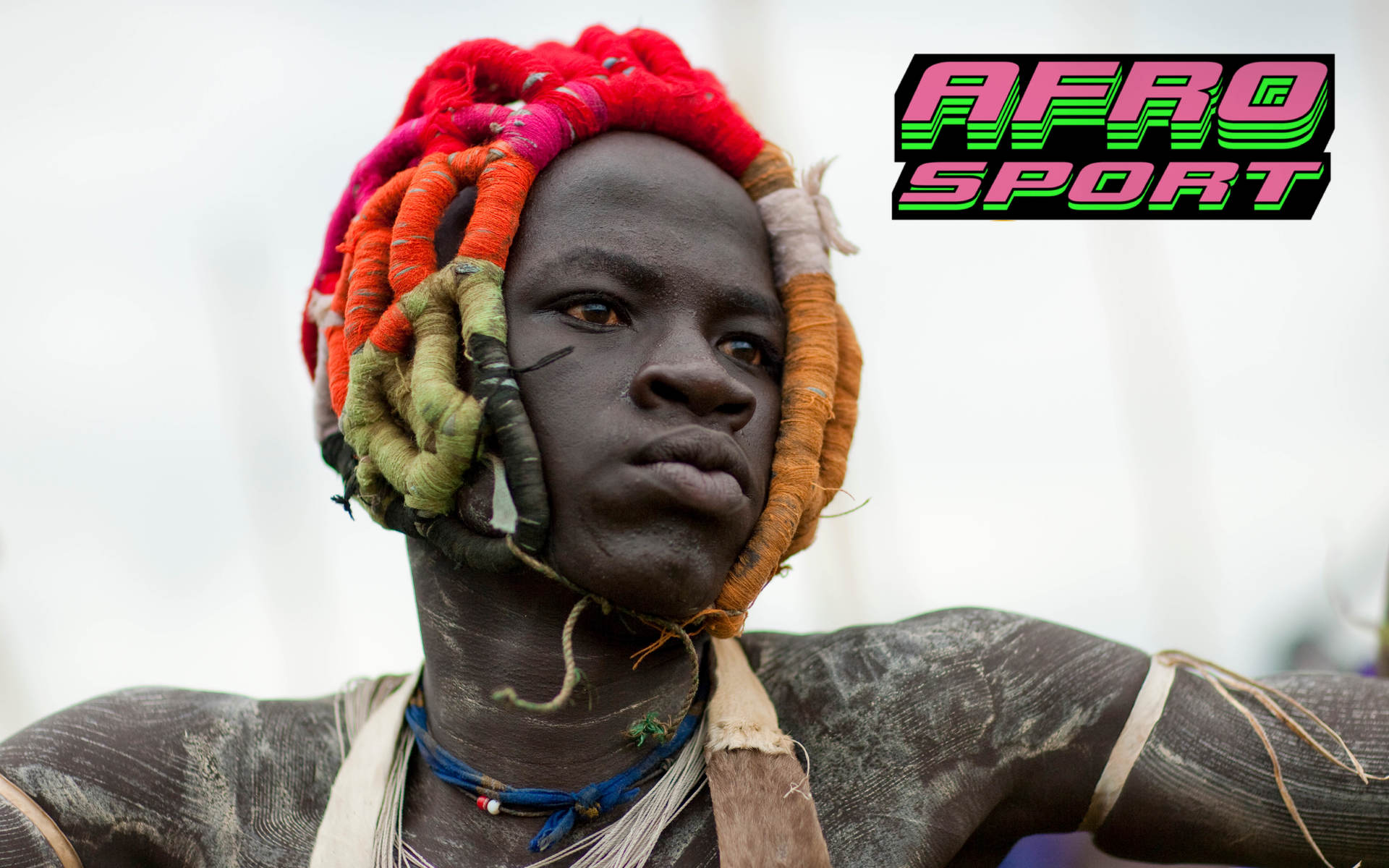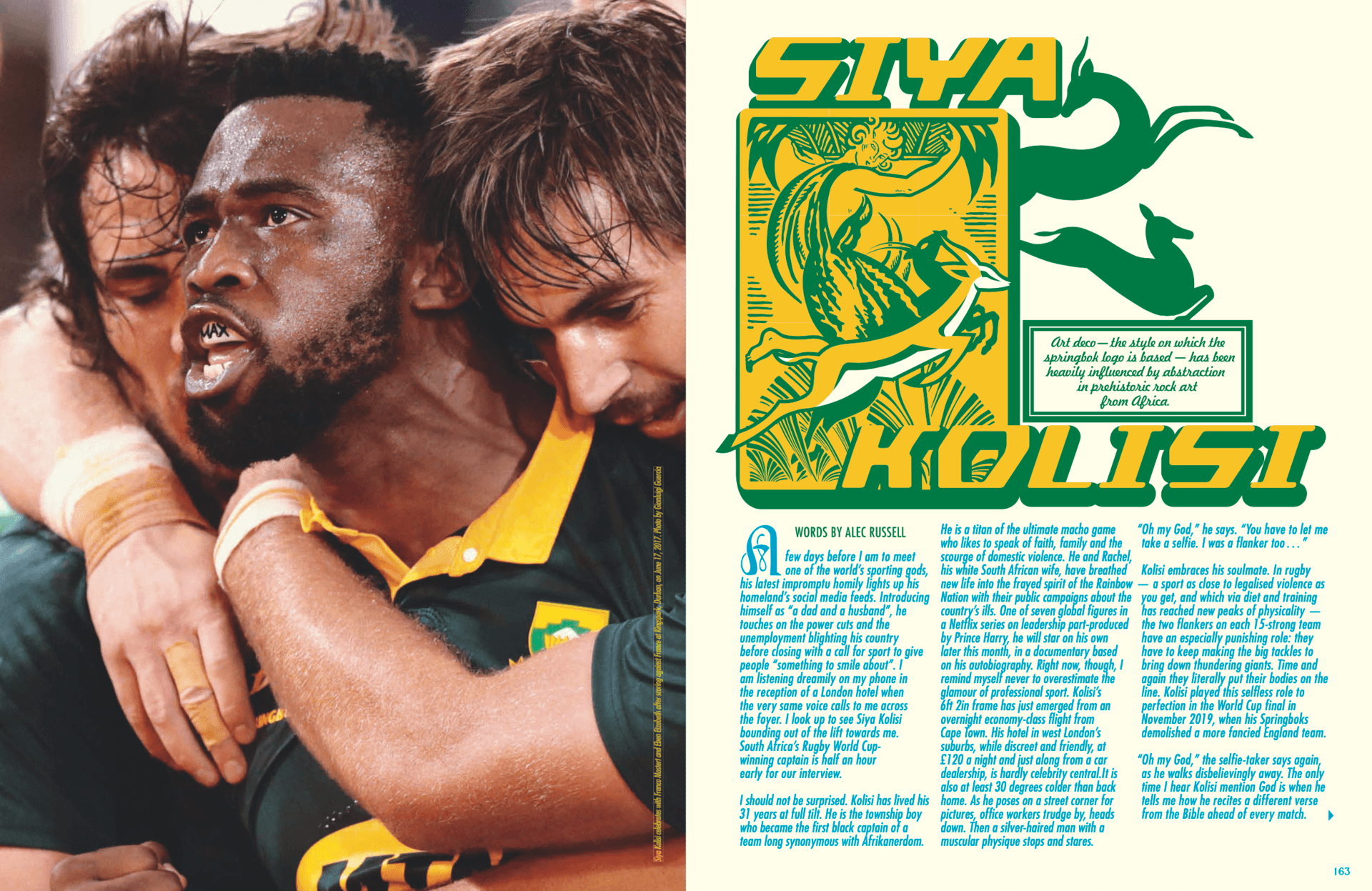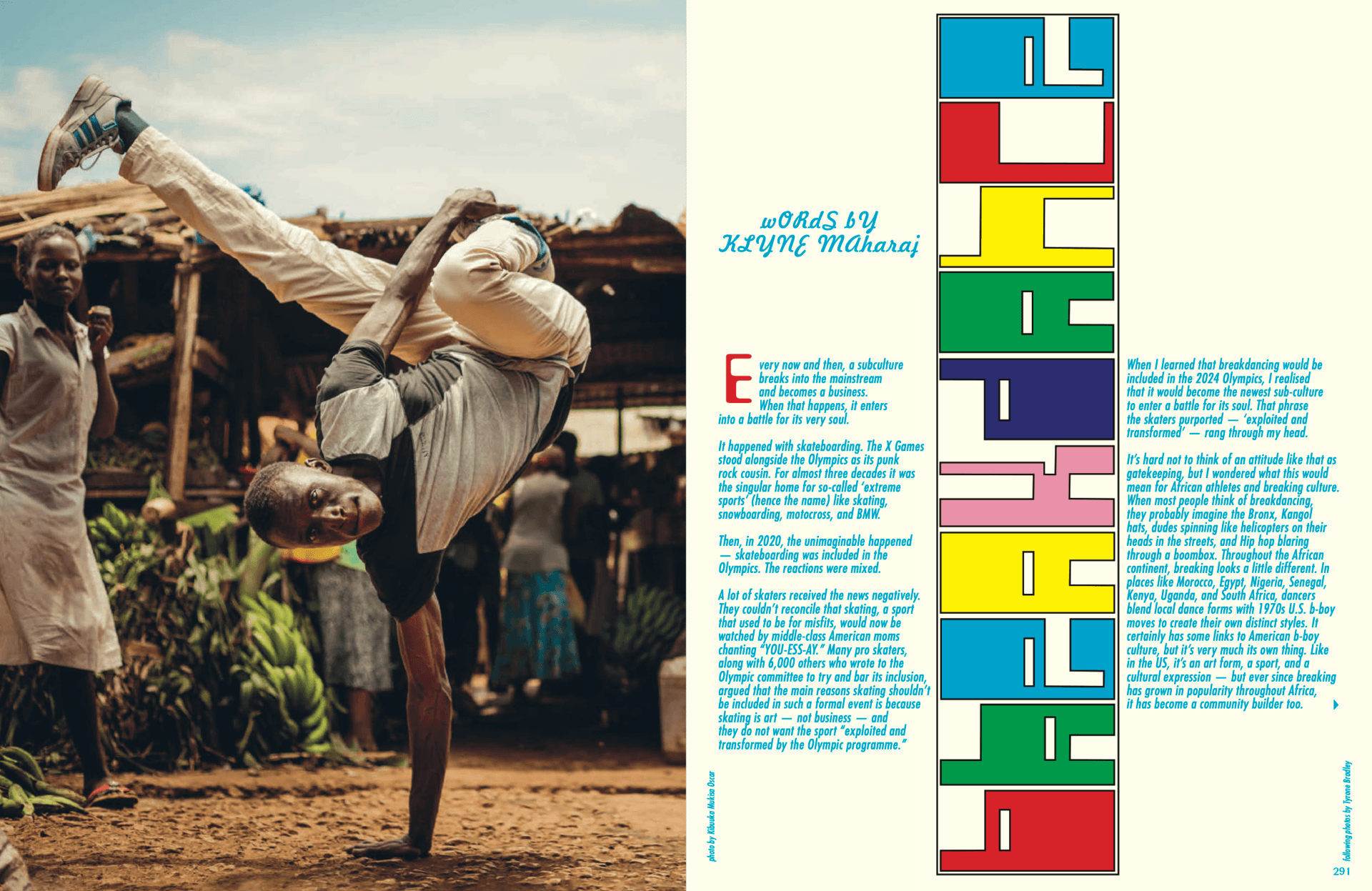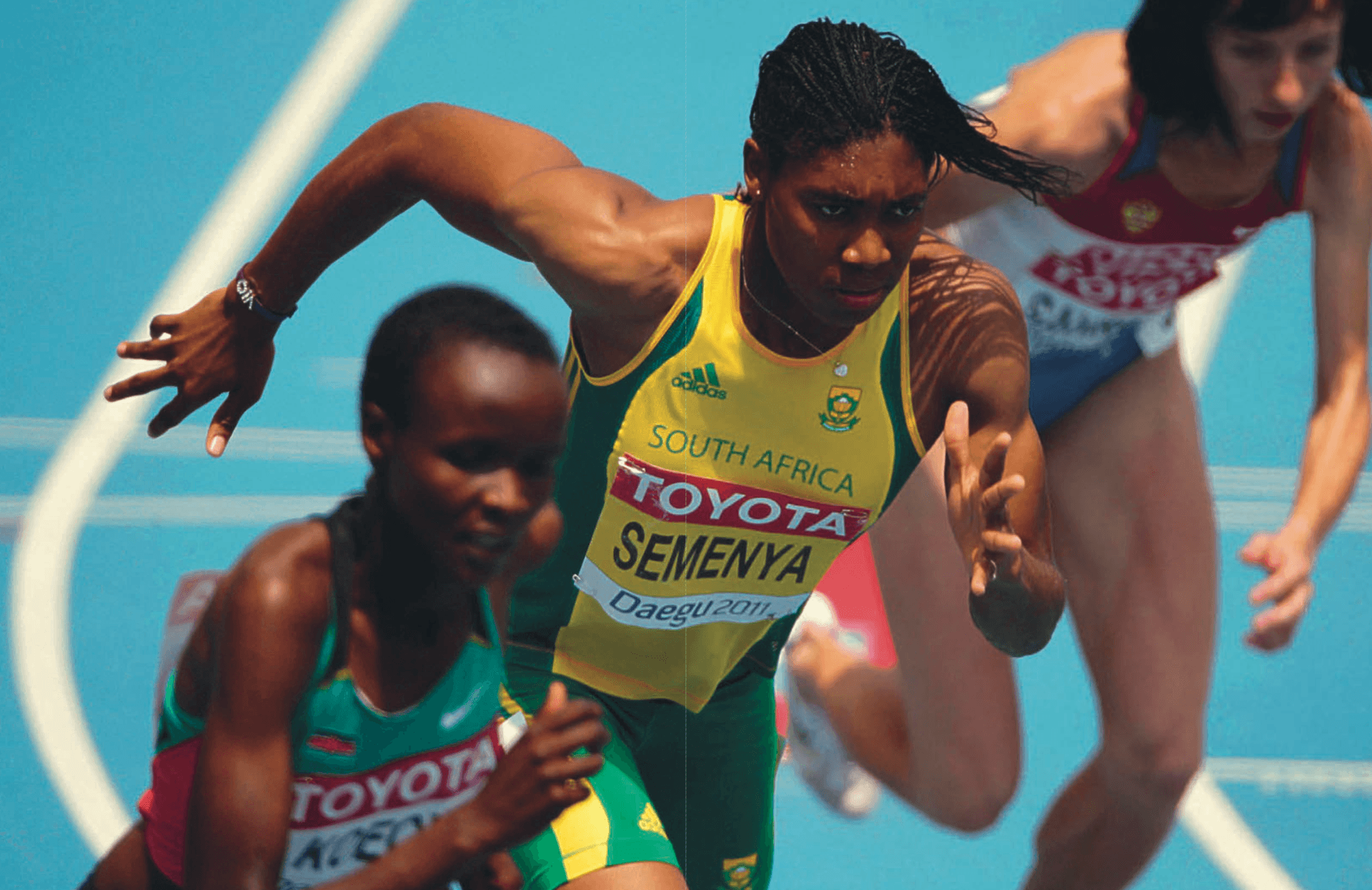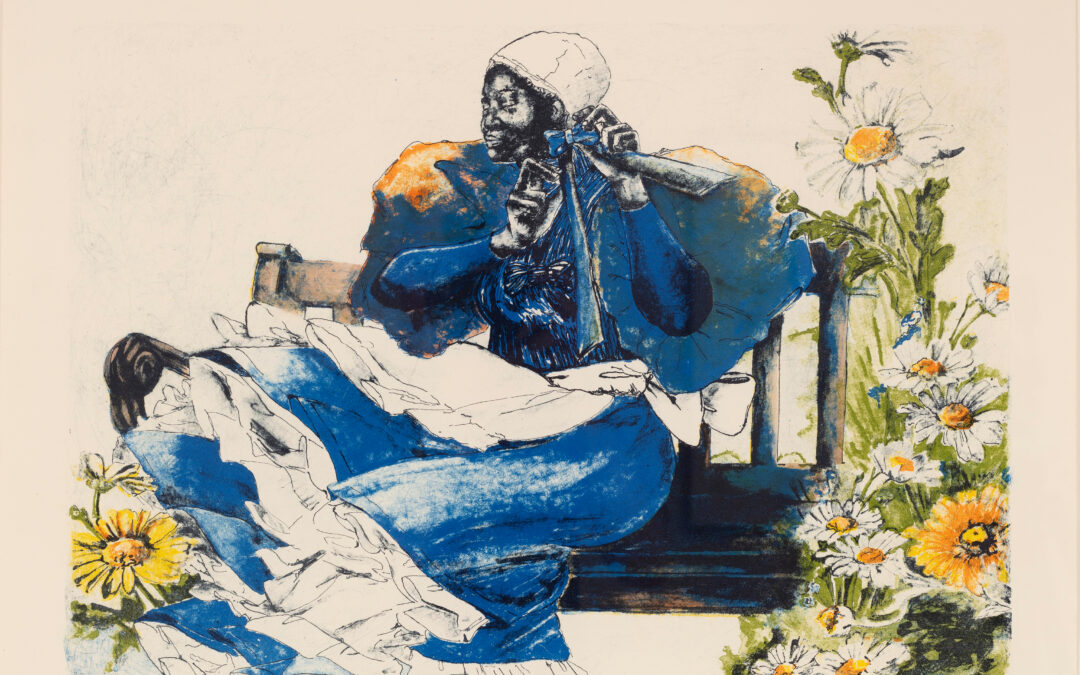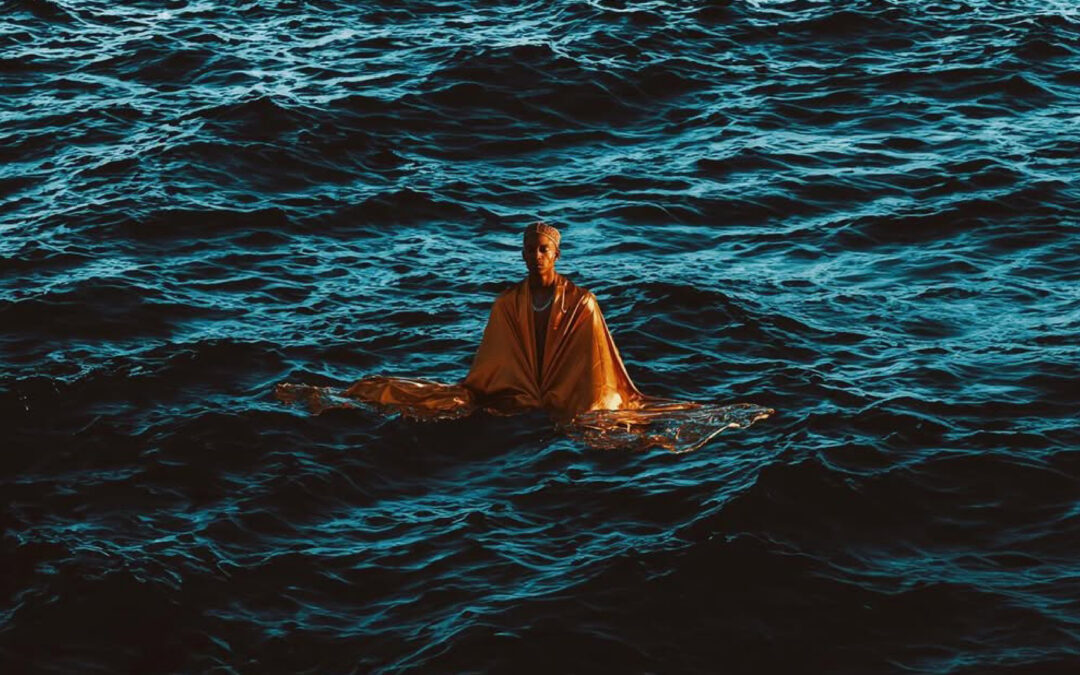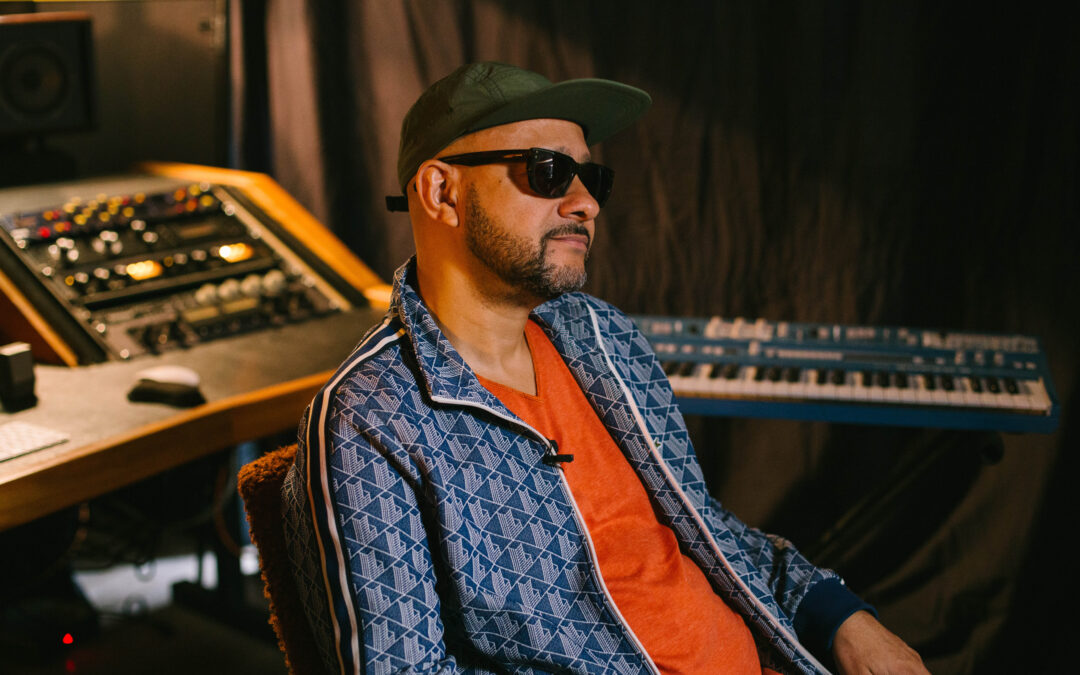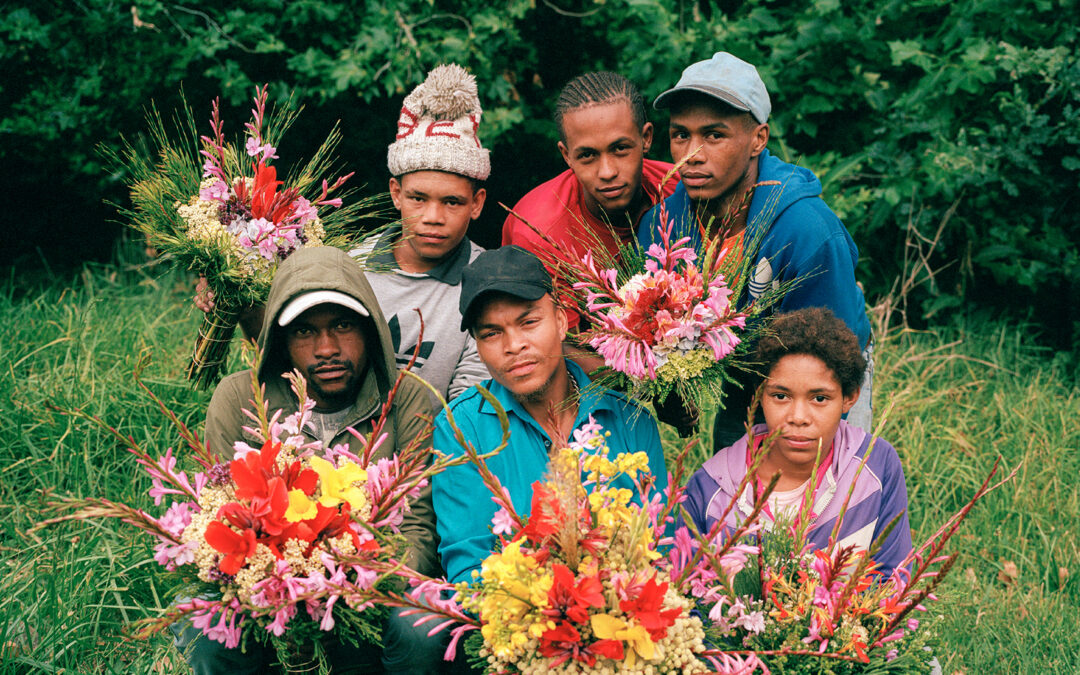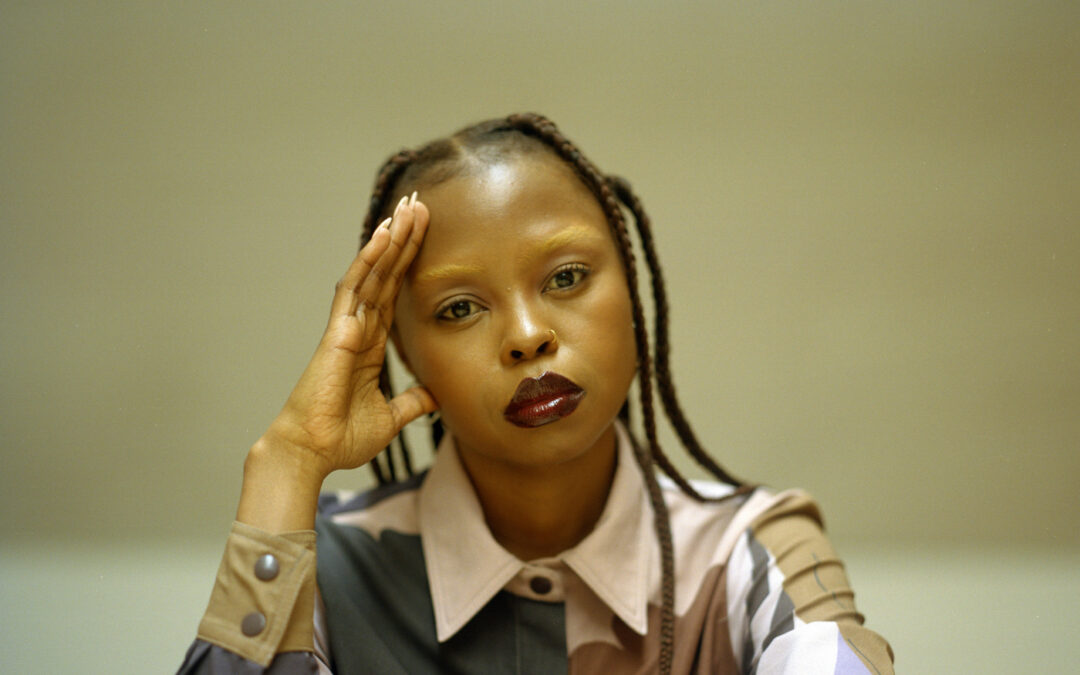Sport is indisputably a creative art-form. It orients the body, the first point of expression, in relationship to movement, rhythm and space – whether accompanied by an extended apparatus of expression (be it a ball, gloves, surfboard and so on) – sport is inherently communal, and forms part of a larger expression of what it means to be human: what it means to inhabit a body. We are bound to this world by the arrangement of muscle and fascia that coalesce our bones, hinged by joints and operational through our neurological network – the body is technology, and sport is one of our greatest computing processes. With sport, we engage with reality through discipline and motivation and its expression, across the many forms and categories throughout time and cultures, are deeply embedded into who we are. I don’t have to convince you of the meaning in sport; as South Africans, we don’t need to look much further than the inarticulable unification across race, ethnicities and creed when it comes to the Springbok’s achievements since 1994.
Sport stands as one of the single most relevant cultural projects that we have ever undertaken.
As with much of the cultural dynamics within the African context, sport is a dichotomous expression between the precolonial lineages of movement, and later postcolonial inheritances, now embedded in the fabric of the continent’s vast and nuanced regions. This complex relationship forms the heart of AFROSPORT, a book creative directed by Peet Pienaar and containing the work of 25 writers and 30 photographers. The book has been published by Mami Wata, an African surf brand of which Pienaar and Nick Dutton are two of the co-founders. Using the substance of sport as a lens to explore design, the book is a seminal, visual and written study on the culture of design, expression and connection across the continent; from soccer mania in South Africa spanning to Morocco, or the Muay Thai revolution in Togo, or the tradition of wrestling in Senegal – to breakdancing in Nigeria and the story of building a basketball industry in Africa. From the perspective of design, the book is enriched with essays and graphic depictions, mapping ways in which motifs of such sporting movements give rise to cultural productions, whether through sartorial cultures among fans, experiences of identities, or stories told through logos. Within the relationship between African sport and design there is that innate spirit of resourcefulness and creativity that has always rendered the continent such a stunning ensemble of the senses.
Among many things, the book charts the way in which soccer contributed to political liberation in Algeria’s fight for independence (achieved in 1962), and of course – our own transformation through rugby, arguably one of our truly achieved expressions of Mandela’s ‘rainbow nation’ from 1994 until today. AFROSPORT is a love-letter to the wild tales of movement in Africa, and the importance of its intent is so succinctly described in the book’s forward by former basketball player Joakim Noah – as he writes, “a young tennis player in Kenya can now show the world her skills through videos made on her phone. A Muay Thai fighter in Lome can take part in a global virtual competition hosted in Bangkok. This is already happening. Alongside the changes Africa is creating itself, the future of African sport will also be shaped by how we come together with the continent. We must know our history, our place in the present, and how we want to project ourselves into the future.”
AFROSPORT© Springbok Captain Siya Kolisi
AFROSPORT© featuring breakdancers in Nigeria
For Peet and Nick, the book is the second iteration following AFROSURF – a similar project that focused solely on the untold legacy of surf culture in Africa. As Peet explains, “after creating Afro Surf, we realised that there was a greater context of sport in Africa, of which surfing was part of. We wanted to learn what the history of that was and what role design played in that. At the same time I was researching design in Africa and its relationship with design in the west. Sport was a great place to look at as for a large part its universal, diverse and the place where different cultures meet but also has a big impact on local culture making.” Among Africans, there is a palpable sense of a revelatory moment for the continent, despite the challenges that we contend with – from the legacies of colonialism, the tides of globalisation, the political and socio-economic complexities of being the bread basket of the world, with little in return. The perception of the continent in the eyes of the world can be summed up by the harrowing and explicit geographical error in which Africa’s size is distorted on maps to look smaller than it is. Yet, Africa remains the mother continent – and her stories are yet to be fully told, loud and clear.
As Peet notes, “sport in Africa is extremely creative, and what drives it mostly is the desire to be seen, and to be acknowledged. There is an ocean of new sports developing and these new sports challenge western culture in an incredibly creative way we don’t see coming from the rest of the world,” and that in developing AFROSPORT, the hope is that it will challenge tropes used to to confine the continent to singular perceptions, namely that “Africa is much more than a rural and traditional culture. Africa is challenging brands like Nike’s cultural meaning. Africa is challenging western design. Africa will produce not only the best new athletes in every sport, but will bring many new sports to the table. Sport in Africa cannot be separated from popular culture and design.”
Nick shares that, “for me, the book creates connections between different things – design, story telling, sport, data, creativity, history, popular culture – that hasn’t been done before. These new connections should inspire fresh thinking and perspectives that challenge and redefine how people think about the continent,” and AFROSPORT indeed undertakes the immensely tall order of condensing the vast and varied context of the continent into something comprehensive – that touches on the swathe of 54 countries that inhabit its 30,365,000 square kilometres from shore to shore. As Peet explains on their approach, “it’s a massive problem to try and box a whole continent with so many cultures into one book, so we tried not to simplify something extremely complex. We just started to speak to writers and researchers from all over the continent and let stories come in. It was very quickly that we started to see some links between stories and that was our golden thread. There are as many stories as there are people and some people might have more than one story, it’s obvious this is just a tip of something really big.”
Peet is a renowned designer and artist, and AFROSPORT synthesises bold, graphic style signatures to his style, as an exploration of Africa’s design lexicon in the context of sport. The book is a kaleidoscopic, visual feast, portraying the efficacy of using sport as a means to understand Africa’s contemporary design vision. “Firstly we need to acknowledge that everything in terms of design in Africa is seen as vernacular in the west.” says Peet, adding, “One of the best places to challenge this perception would be to look at a space like sport and design in Africa. Except for a few traditional sports in Africa, sport in general is the melting point of different cultures. Design in sport in Africa comes from within the sport community and is not drenched in traditional culture, and is a good place to start looking at design in Africa that is not only about traditional culture. This allows one to see a much better version of what drives contemporary design on the African continent. I looked at design influences from outside on design in Africa, how it was interpreted and how Africa influenced design in western culture. I believe all design is this constant play of influence presented with a new local context. Instead of visual influence only, I focused on the conceptual influence behind the visual influence. I reject the idea that western design is the universal default of design.”
AFROSPORT Featuring Caster Semenya
AFROSPORT© photographed by Jo Voets
From Mami Wata’s perspective, AFROSPORT forms part of the brand’s larger vision as an exploratory vehicle for Africa, their adage is ‘creative force for good’, to which Peet explains the precise reason why the book fulfils this vision, “because of the population explosion in youth, Africa will in the next 10 years have a massive impact on world sport. Books around design and sport on the African continent are non-existent, we need to be able to understand ourselves better and where we fit into a bigger picture of design and sport in the world. And the world needs to understand what cultural impact this will bring to the world. Our first book had a massive impact on how the world now sees Africa and surf. We believe this book will also have an impact in how the world sees sport and Africa,” and Nick adds that, “As with AFROSURF, profits from AFROSPORT will go to African youth surf therapy organisations. Also, we do see a part of our ‘creative force for good’ vision as changing the narrative around Africa and using creativity to do this. There are many facts, pieces of information and perspectives in the book that we’ve tried to communicate in new ways that we hope allows people to view Africa through new and different lenses.”
AFROSPORT is a limited edition publication of 2000 copies, and it beckons a new era of exploration in African design and its tangibility is precisely its skilfulness, with Nick explaining that, “one thing that we want people to feel is that in a very fast moving digital world of content (of all sorts) that the physical object of a book, a tangible real world thing, with its investment in time, investigative thought, research, craft and design is a compelling way to engage with new ideas,” and Peet hopes that “If you are from Africa we hope you feel excited and seen and want to learn more about ourselves. If you are not from Africa we hope you realise the African tsunami is real, that it’s very exciting and because it’s a sport, it allows a connection and participation point to engage with Africa.” AFROSPORT is a formative and influential archive of Africa’s 21st century. A hardcopy talisman that predicts that it’s Africa’s century – the cultural renaissance for the aeon has just begun.
AFROSPORT is published by Mami Wata, purchase a copy HERE.
AFROSPORT© photographed by Rogers Ouma
AFROSPORT, Photographer Unknown (image of Robert Wangila)
Written by: Holly Beaton
For more news, visit the Connect Everything Collective homepage www.ceconline.co.za

